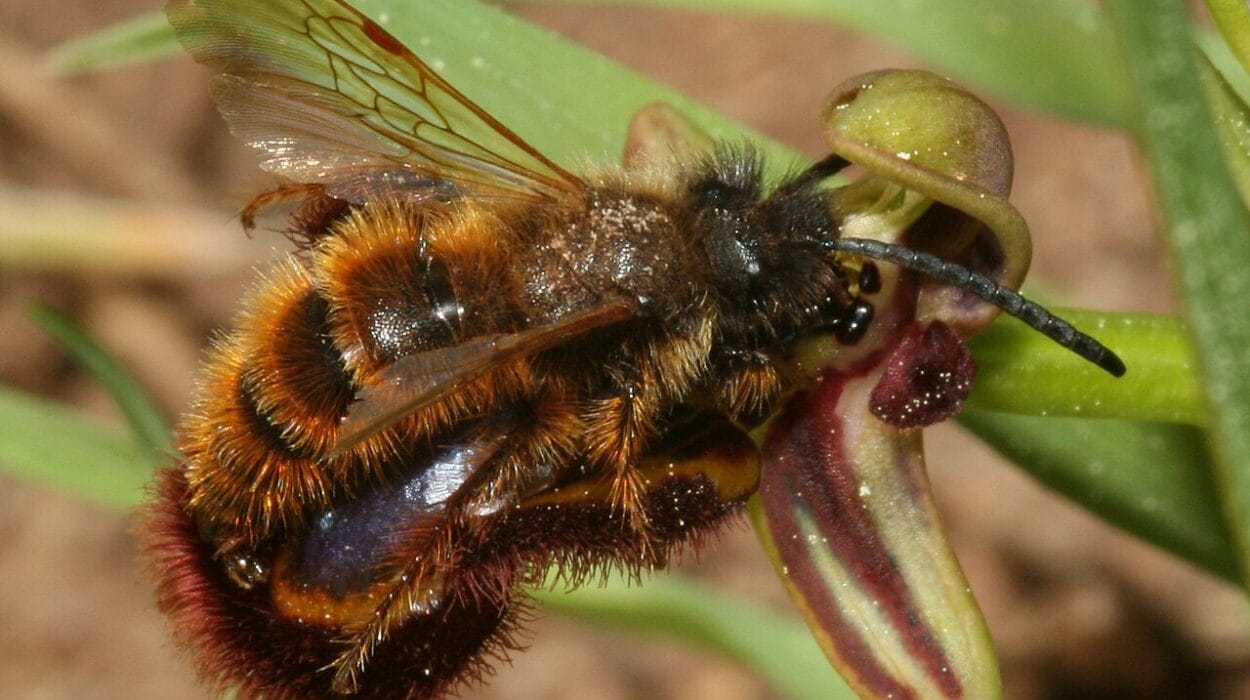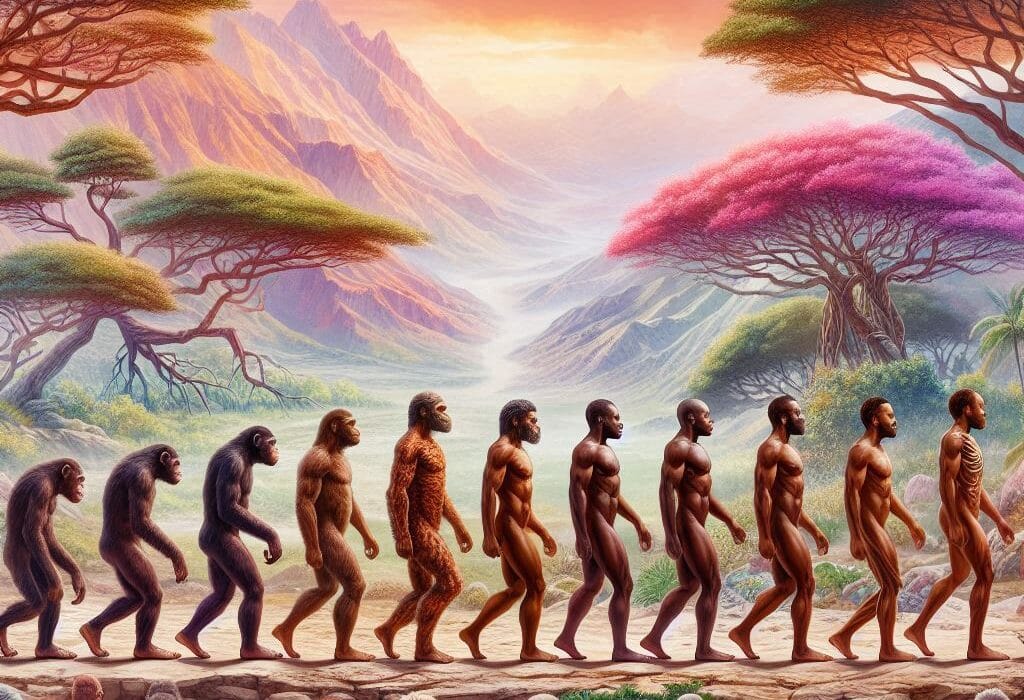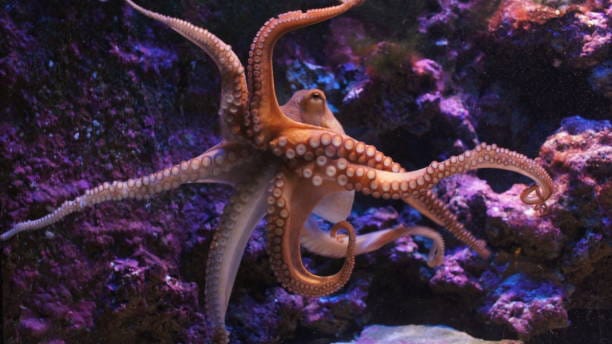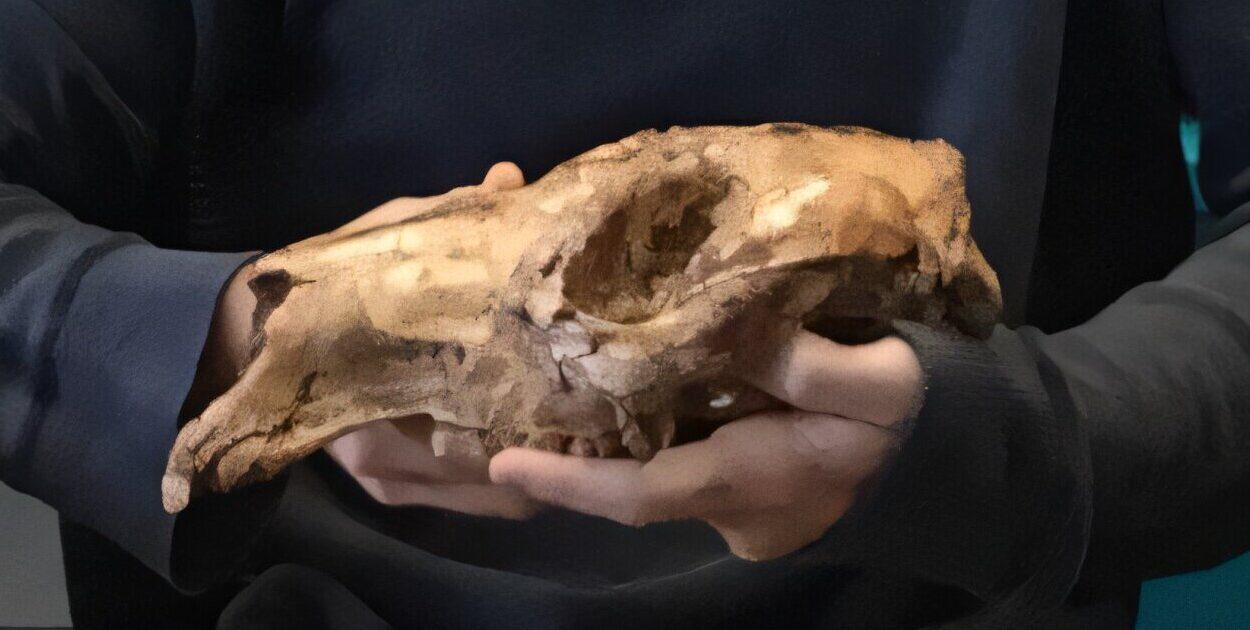Deep in the windswept valleys of Chilean Patagonia, scientists have uncovered the fossilized remains of a creature so small it could fit in the palm of your hand — yet its significance looms large in our understanding of prehistoric life. The newly discovered species, Yeutherium pressor, weighed no more than 30 to 40 grams, roughly the weight of a modern mouse, and lived some 74 million years ago in the Upper Cretaceous period, when dinosaurs still ruled the Earth.
This discovery, described in the Proceedings of the Royal Society B, marks the smallest mammal ever found in this part of South America from that era. Its fossil was unearthed in the remote Río de las Chinas Valley in Chile’s Magallanes region, over 3,000 kilometers south of Santiago — a place where icy winds and rugged landscapes hide some of the planet’s oldest secrets.
A Glimpse into Gondwana’s Ancient Ecosystem
At the time Yeutherium pressor scurried through the ancient undergrowth, the land we now know as Patagonia was part of Gondwana, the vast southern supercontinent that also included Africa, Antarctica, Australia, and India. Patagonia’s prehistoric environment would have been vastly different from today’s cold, dry steppes — instead, it was likely a mosaic of lush forests and open spaces, alive with strange reptiles, towering dinosaurs, and early flowering plants.
“This is the smallest mammal ever recorded from this region and period,” said Hans Puschel of the University of Chile, who led the research team in collaboration with Chile’s Millennium Nucleus research center on early mammals. “Yet even such tiny animals played an important role in these ecosystems, feeding on plants, seeds, and perhaps insects, and serving as prey for much larger predators.”
The Fossil That Told a Story
The fossil itself is modest: a small fragment of jawbone bearing a single molar, along with the crown and roots of two additional molars. But for paleontologists, teeth are often treasure maps to an animal’s identity and lifestyle. The structure of these molars revealed not only that Yeutherium pressor was a mammal, but also hinted at what it ate.
The flattened surfaces and ridged edges suggest it likely consumed tough plant material — seeds, roots, or other hard vegetation — rather than the soft-bodied insects that many small Cretaceous mammals preferred. This dietary clue adds a new layer to our understanding of how mammals adapted to the competitive world of the dinosaurs.
More Than Meets the Eye
Despite looking superficially like a tiny rodent, Yeutherium pressor belonged to a group of ancient mammals that may have laid eggs, like the modern platypus, or carried their young in a pouch, like kangaroos or opossums. This means it could have been part of a lineage that bridges the evolutionary gap between primitive egg-layers and more modern placental mammals.
Its size and anatomy suggest a nimble, ground-dwelling creature, probably darting between roots and underbrush to avoid the keen eyes of predatory dinosaurs. It lived in constant proximity to giants — creatures like armored titanosaurs and meat-eating theropods — yet carved out its own survival niche in the prehistoric landscape.
An Extinction Shared with the Dinosaurs
For tens of millions of years, Yeutherium pressor and its relatives thrived quietly in the shadow of dinosaurs. But its story ended abruptly about 66 million years ago, when a mass extinction event wiped out three-quarters of Earth’s species, including the non-avian dinosaurs. Whether the cause was a massive asteroid impact, intense volcanic activity, or a combination of both, this tiny mammal vanished along with the great reptilian rulers of its time.
Today, the fossilized jaw of Yeutherium pressor offers a fleeting but powerful glimpse into that vanished world — a reminder that even the smallest creatures can hold keys to understanding life’s grand history. As Puschel puts it, “Every fossil we find adds a new thread to the fabric of Earth’s past. In this case, the thread is small, but it connects us to an age when mammals were just beginning to explore the possibilities of evolution.”
Patagonia’s Prehistoric Future
The discovery also hints that Patagonia still has many secrets left to reveal. The Río de las Chinas Valley is becoming a hotspot for paleontological exploration, with fossils of dinosaurs, plants, and now mammals painting an increasingly vivid picture of Gondwana’s southern ecosystems. Researchers hope that further excavations will uncover more specimens of Yeutherium pressor or related species, helping to clarify its evolutionary relationships and ecological role.
In the windswept silence of Patagonia’s ancient valleys, the story of life on Earth continues to unfold — sometimes in the thunder of a dinosaur’s fossilized footsteps, and sometimes in the delicate curve of a tooth no bigger than a grain of rice.
More information: Hans P. Püschel et al, A subantarctic reigitheriid and the evolution of crushing teeth in these enigmatic Mesozoic mammals, Proceedings of the Royal Society B: Biological Sciences (2025). DOI: 10.1098/rspb.2025.1056






